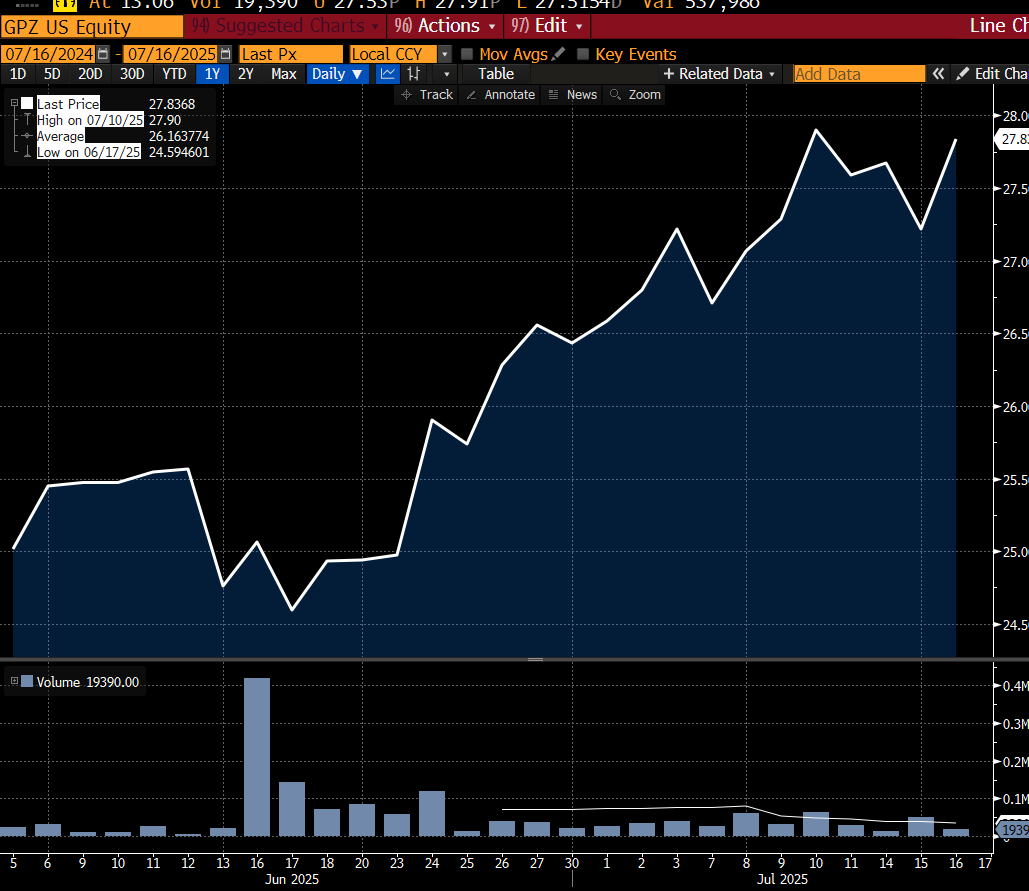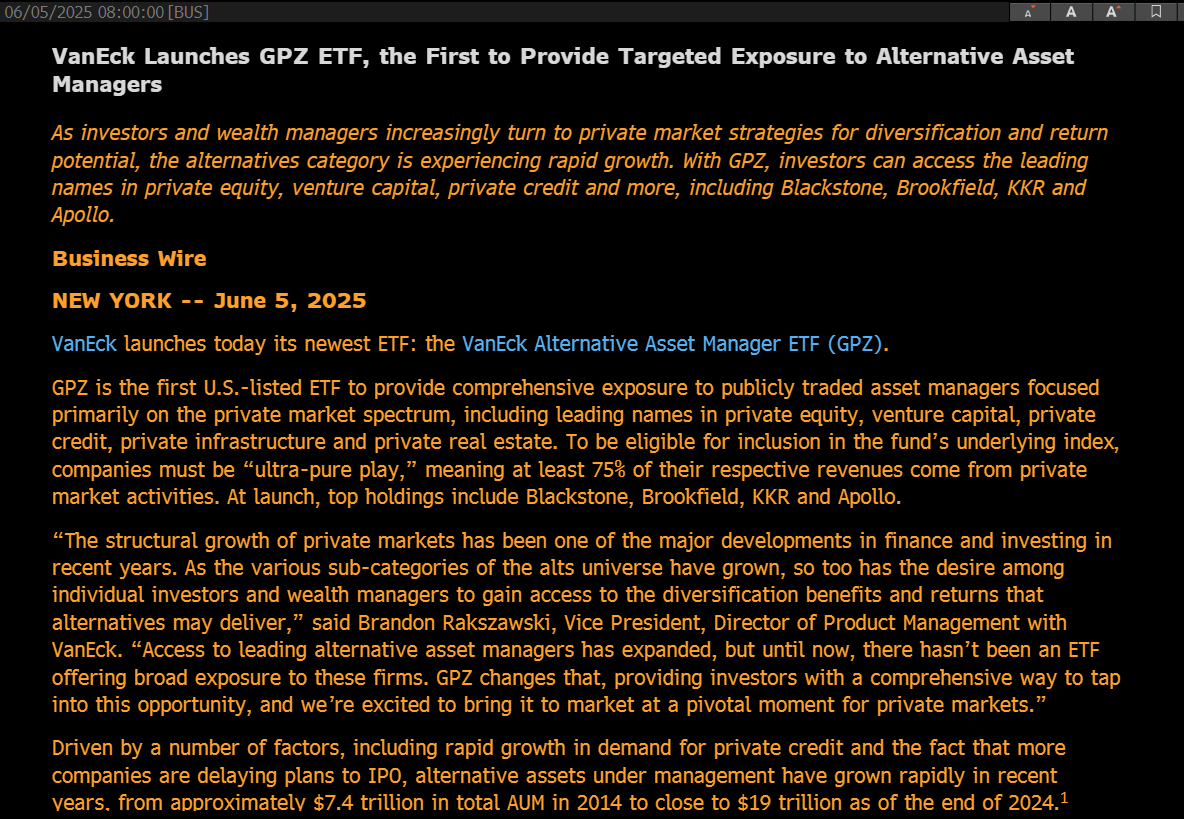Alty dzisiaj radzą sobie lepiej, a WSJ donosi, że Trump ma podpisać rozporządzenie, które otworzy 401k na rynki prywatne.
OWL, BX, APO, KKR, TPG, HLNE itd.

Private Credit, Bitcoin Mining, and the Infrastructure of AI
News hit the tape yesterday that TeraWulf ($WULF), a Bitcoin miner developing AI-related infrastructure, is securing $350 million in project financing. JPMorgan and Morgan Stanley are arranging the deal, but the eventual lenders are expected to be private credit firms rather than CLOs or syndicated loan buyers.
This reflects a broader shift in how capital is being raised for emerging infrastructure. Bitcoin miners, like TeraWulf, have long faced limited financing options. Traditional lenders have been hesitant, pushing miners toward convertibles, equipment loans, or equity dilution. Now, as some of these firms begin building data centers to support AI workloads, they are running into similar roadblocks. For operators not backed by hyperscalers, the financing environment remains challenging. These projects are capital intensive, technically complex, and often fall outside the comfort zone of conventional debt markets. The old pipes are not keeping up with the new demands.
Private credit has emerged as a solution. It is faster, more tailored, and more concentrated. Securitization, by contrast, can offer broader distribution and deeper pools of capital but requires intermediaries, ratings, and a sales process to reach institutional buyers like insurers, pensions, and sovereign wealth funds.
The distinction between these approaches is becoming more consequential. Private credit is winning share because it fits complex, non-standard use cases, but it is difficult to scale. Securitization offers reach but lacks the flexibility needed for frontier sectors like AI infrastructure or digital assets. New hybrids -- including credit REITs, listed BDCs, and eventually bespoke securitized products -- may help bridge that gap. Each comes with its own tradeoffs in terms of liquidity, transparency, and control.
In order to realize the full potential of AI & Bitcoin, capital markets will need better access points, more flexible structures, and broader participation from both institutions and retail investors. If direct lending and private credit continue to expand their role in financing sectors like AI infrastructure and digital assets, the firms designing and executing these deals may stand to benefit. One way to express that view is through the just-launched VanEck Alternative Asset Manager ETF (ticker: GPZ), which began trading yesterday. It offers targeted exposure to firms such as Blackstone, Brookfield, KKR, Apollo, Carlyle, Ares, and TPG. These are the capital allocators who are increasingly shaping how modern infrastructure is financed and built - and taking a tidy cut in return.
Thank you for coming to my talk. Consider the risks below.

3,96 tys.
12
Treści na tej stronie są dostarczane przez strony trzecie. O ile nie zaznaczono inaczej, OKX nie jest autorem cytowanych artykułów i nie rości sobie żadnych praw autorskich do tych materiałów. Treść jest dostarczana wyłącznie w celach informacyjnych i nie reprezentuje poglądów OKX. Nie mają one na celu jakiejkolwiek rekomendacji i nie powinny być traktowane jako porada inwestycyjna lub zachęta do zakupu lub sprzedaży aktywów cyfrowych. Treści, w zakresie w jakim jest wykorzystywana generatywna sztuczna inteligencja do dostarczania podsumowań lub innych informacji, mogą być niedokładne lub niespójne. Przeczytaj podlinkowany artykuł, aby uzyskać więcej szczegółów i informacji. OKX nie ponosi odpowiedzialności za treści hostowane na stronach osób trzecich. Posiadanie aktywów cyfrowych, w tym stablecoinów i NFT, wiąże się z wysokim stopniem ryzyka i może podlegać znacznym wahaniom. Musisz dokładnie rozważyć, czy handel lub posiadanie aktywów cyfrowych jest dla Ciebie odpowiednie w świetle Twojej sytuacji finansowej.

